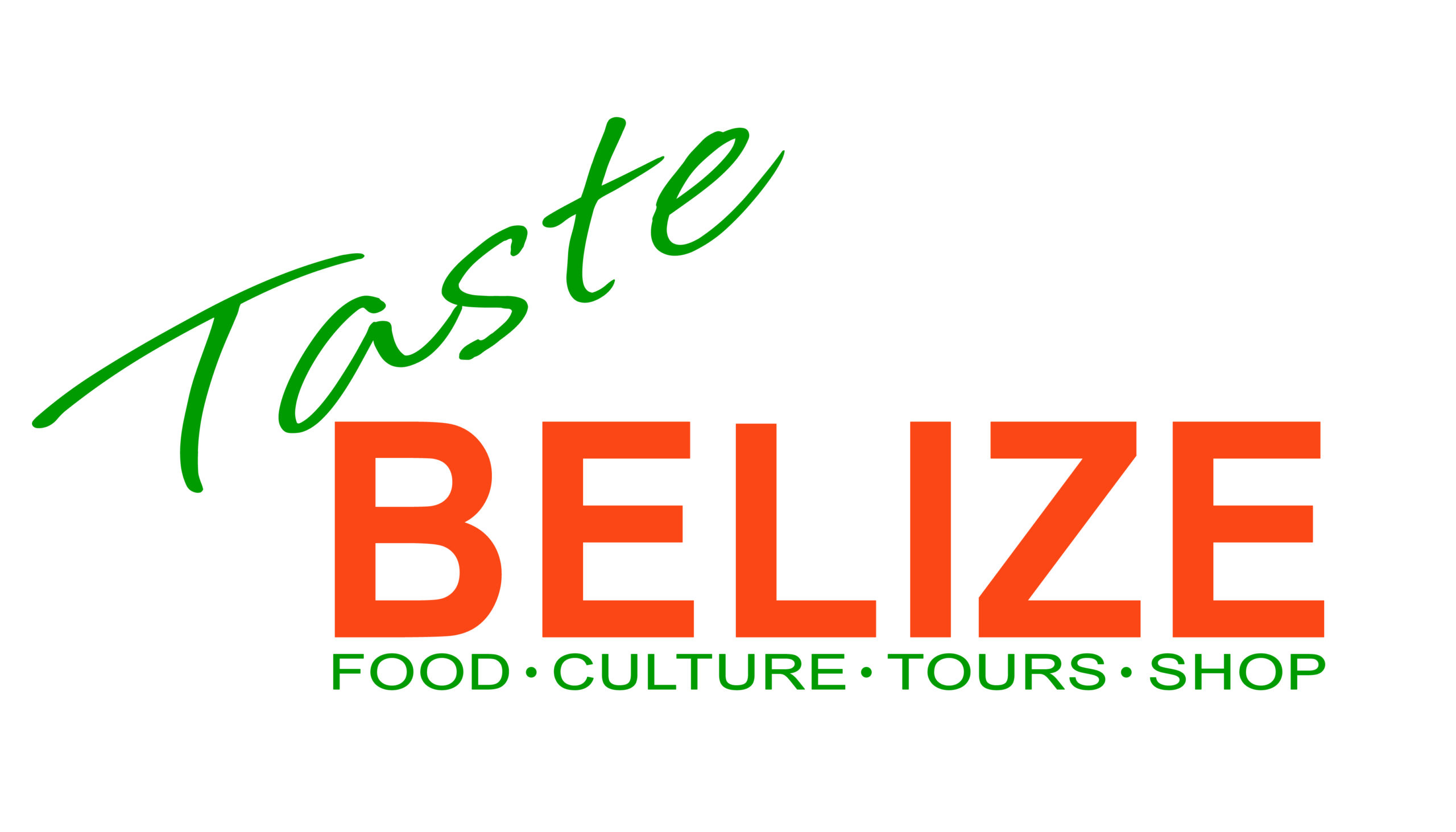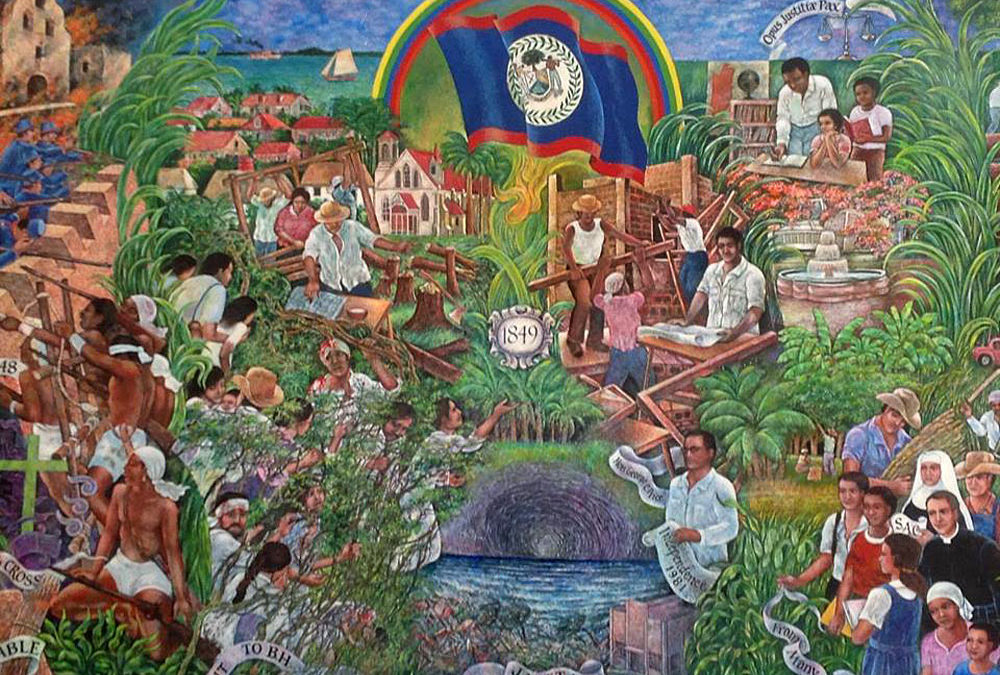
COVID Lock down: What I learned from a month alone in the Belizean Jungle
November 9, 2020
Seven Foods NOT to Eat in Belize (And What to Eat Instead)
September 28, 2021Many visitors to Belize are not sure what Belizean cuisine is all about. The truth is we Belizeans are still figuring that out ourselves as we sort through the incredible culinary and cultural diversity of our country. In the tourism sector, representations of the Belizean culinary landscape tend to be limited to a “menu” of famous foods: resorts and magazines publish lists of six, nine, ten, eleven or even a score or so of Belize’s most popular dishes or try to freak visitors out with “bizarre Belizean foods” like cow foot soup. Even Wikipedia presents Belizean cuisine as nothing more than a laundry list of cultural groups, ingredients and popular dishes. These introductions, while perhaps helpful for the vacation planner, only represent a tiny nibble of the great breadth and depth of Belizean food ways. Guide books often point to rice and beans, stew chicken and potato salad with fried plantain as our unofficial national dish. Once the Belizean Creole (Kriol) Sunday dinner, this plate of food, while delicious, fails to capture the great diversity of Belize which is just emerging from 400 years of colonial marginalization. On September 21st we celebrate 40 years of independence from Great Britain. As we emerge from the dark shadows of our colonial hangover, how shall we respond when travelers ask “What is Belizean food?”
British influence in our region began in 1638. British colonialism in Belize was based not on farming, as was the case in some Caribbean countries, but on forestry. The British colonial government did not want Belizeans to farm because they needed labor to cut down mahogany and other tropical hardwoods for export to England, Europe and the United States of America. They also discouraged farming until our status as a Crown Colony of Great Britain was declared in 1871. Before that date the area now known as Belize was technically a Spanish possession (if we take seriously the Spanish Crown’s original claim of the entire Americas). Before 1862 British presence in what would become Belize was permitted under a series of treaties with the Spanish government that did not allow for the establishment of agriculture, permanent government or housing. Spain required the British to keep their presence limited to logging camps, fed chiefly by goods from ships. The local economy was flooded with cheap imported products from British farms. Barrels of British flour and British salt meat became daily staples, joined after 1880 by tins of canned meat and dairy.
After slavery was abolished, (over a 5 year transition period beginning in 1834), laws were passed that made it difficult for the average Belizean to acquire land. This further discouraged farming and ensured continued dependency on imported goods. Farming that did occur was mainly of a subsistence nature, with small scale local trade of any crop surplus. The British colonial government generally ignored medium and large scale agricultural production and distribution until the mahogany market began to falter. Goods from the United States of America joined British imports in the 1800s, with red kidney beans from New Orleans being used as ballast on ships to Belize Town (now Belize City). These beans were sold at such a low price that they out competed locally grown black beans, while the now empty boats were filled with mahogany headed for the American market. The culinary history of our country was skewed by colonial policy towards these imported staples.
Today this past is behind us but we are still emerging from centuries of dependency fostered by the colonial enterprise. Our first Prime Minister George Price famously encouraged us to develop our national culinary independence by eating local, telling Belizeans to eat less imported wheat flour and more local foods like corn, pupsi and crana (both freshwater fish). This speech was rejected outright by most Belizeans who had been told for generations that imported products were superior to Belizean ones. Local foods were associated with poverty, while a family who could afford to eat all imported foods gained prestige. This colonial hangover has hampered our transition to Belizean ingredients but things have changed a lot since our independence from Britain in 1981.
In tourism areas like Placencia Peninsula we still see a tendency to bring in foreign ingredients and dishes, but across Belize there are also chefs and restaurant owners who are committed to learning about and sharing the full breadth and depth of our cultural cuisines with their customers. Today we are in an exciting time as Belizean chefs and amateur cooks from all cultural backgrounds and districts learn more about each other’s cultural and regional specialties, share dishes and ingredients and join the ranks of professional chefs, crafting new dishes with Belizean ingredients and flavor profiles. We have the interest and the ingredients to create a national Belizean cuisine that reflects our country’s splendid diversity and with 40 years under our belt, the time is NOW to present our diverse and unique flavours to the world. As we march through an economically devastating pandemic, Mr. Price’s words gain urgency. Now, if ever, is the time to grow our own food, eat local, source local ingredients and celebrate what we can create within our own borders. Let 40 years of Independence mark a new era in food security and self sufficiency in our little Belize.
This September, I for one will be looking forward to Belizean cooks and chefs getting creative in the kitchen. Let’s put our national pride on our plates with a Belizean cuisine that is locally rooted and truly represents our unofficial motto “Alla we da one” (All of us are one). If you enjoyed this article, check out Taste Belize Tours founder Lyra Spang’s book Bite Yu Finga! Innovating Belizean Cuisine for more. Want to learn more about what to eat while visiting Placencia Village, Belize? Take our Village Food Tour! Dive deeper into Belizean food through our award winning tours.
Lyra Spang is owner/guide of Taste Belize Tours, a unique cultural & culinary tour company. She writes about food whenever she can. tastebelize@gmail.com tastebelize.com/

